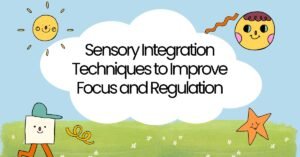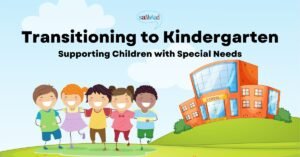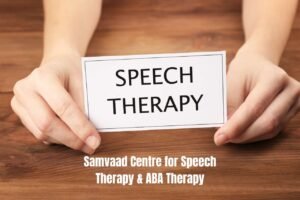Communication is a fundamental aspect of human interaction, and for individuals with autism or other communication challenges, finding effective methods can be life-changing. In this blog post, we’ll explore three powerful communication tools – the Picture Exchange Communication System (PECS), sign language, and speech-generating devices – and how they can help individuals express themselves and connect with the world around them.
The Picture Exchange Communication System (PECS)
PECS is a research-based intervention that uses a structured, six-phase approach to teach individuals with autism and other communication difficulties to initiate communication. The process begins with the child learning to exchange a single picture for a desired item or activity, and gradually progresses to constructing simple sentences using picture symbols.
One of the key advantages of PECS is that it allows individuals to communicate their wants and needs without the need for speech. This can be particularly beneficial for those who struggle with verbal communication, as it provides a more accessible and less frustrating way to express themselves. Additionally, PECS has been shown to help improve speech development in some individuals, as the act of exchanging pictures can serve as a stepping stone towards spoken language.
Sign Language
Sign language is another powerful communication tool that can be highly beneficial for individuals with autism or other communication challenges. By using hand gestures and body movements to represent words and concepts, sign language provides a visual and kinesthetic way of communicating that can be easier for some individuals to grasp than spoken language.
One of the primary benefits of sign language is that it can help reduce frustration and behavioral issues that often arise from the inability to communicate effectively. When individuals can express their needs and desires through signs, they are less likely to resort to challenging behaviors as a means of communication.
Additionally, research has shown that the use of sign language can actually support the development of spoken language in some individuals with autism. By providing a visual and tactile representation of language, sign language can help bridge the gap between thought and expression, ultimately facilitating the acquisition of verbal communication skills.
Speech-Generating Devices
Speech-generating devices (SGDs) are electronic devices that allow individuals to communicate by pressing buttons or keys to produce pre-recorded or computer-generated speech. These devices can be particularly useful for individuals who have difficulty with speech production, as they provide a way to express themselves without the need for verbal communication.
SGDs can be customized to include a wide range of vocabulary and phrases, allowing individuals to communicate a variety of needs, thoughts, and ideas. They can also be integrated with other assistive technologies, such as eye-tracking or touch-screen interfaces, to make them more accessible for individuals with physical disabilities.
One of the key benefits of SGDs is that they can help to reduce frustration and improve social interaction. By giving individuals a reliable and effective way to communicate, SGDs can help to foster stronger relationships and better understanding between the individual and their communication partners.
Choosing the Right Communication Method
When it comes to selecting the right communication method for an individual with autism or other communication challenges, there is no one-size-fits-all solution. The choice will depend on a variety of factors, including the individual’s cognitive abilities, motor skills, and personal preferences.
In many cases, a combination of communication methods may be the most effective approach. For example, an individual may use PECS to communicate basic needs and desires, while also learning sign language and using a speech-generating device for more complex communication.
Ultimately, the goal is to empower individuals with communication challenges to express themselves, connect with others, and participate fully in their communities. By exploring the various communication methods available, we can help to unlock the potential of these individuals and support their growth and development.






